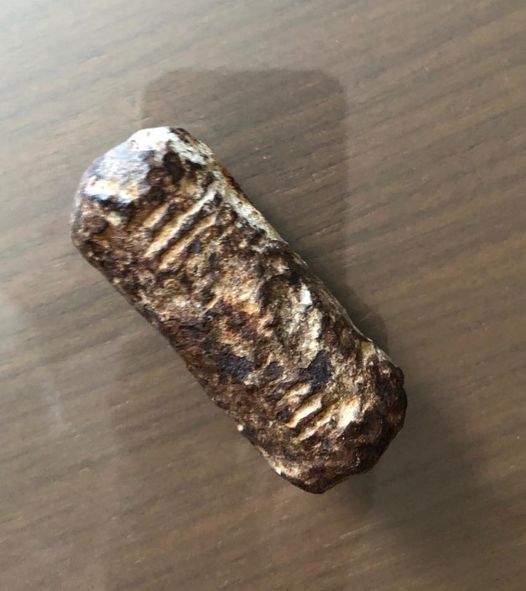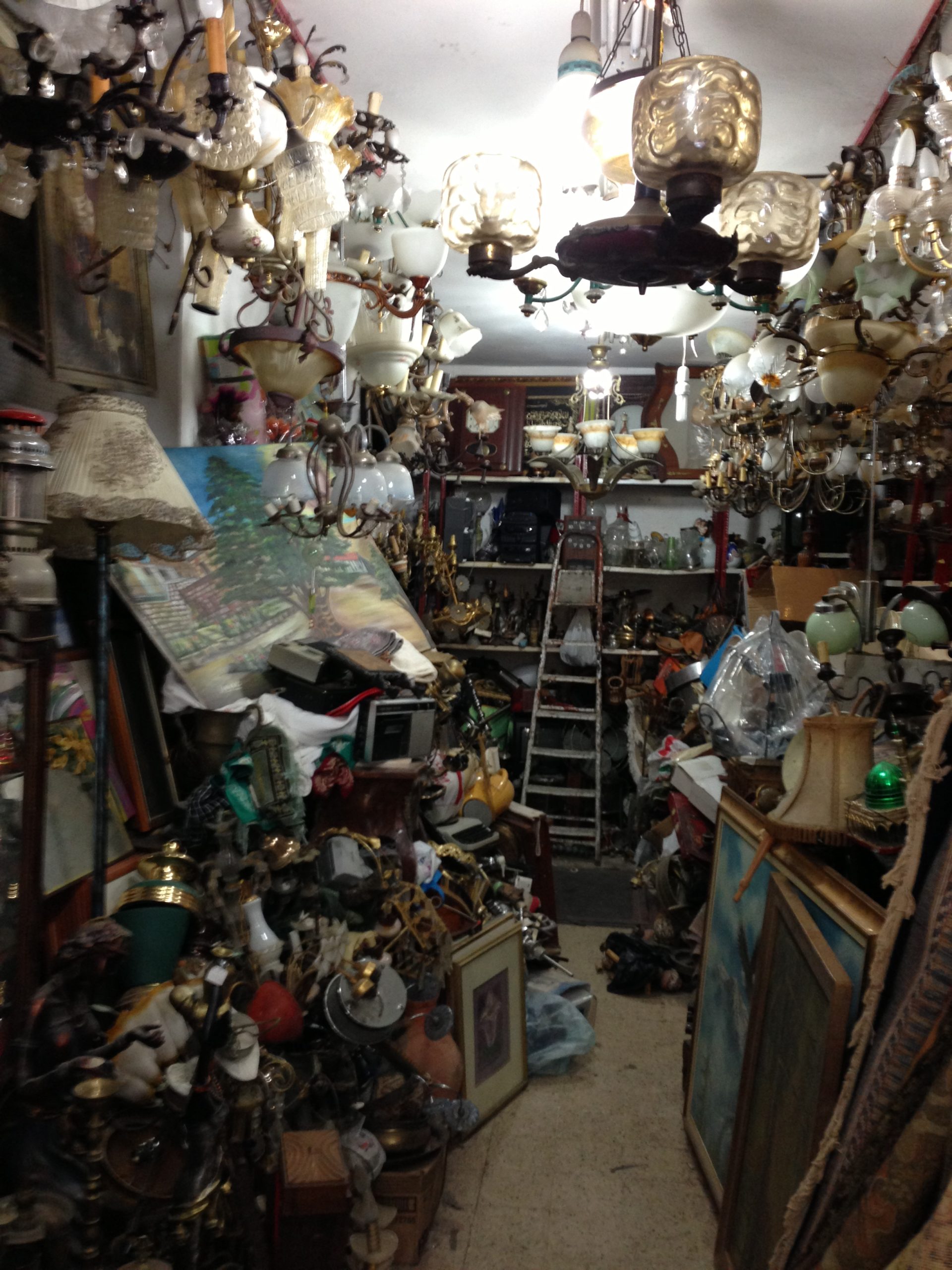
When I toured Byblos four years ago, there was a tiny shop tended by an distinguished gentleman who’d once bought artifacts from the workers at the dig for pennies and now he had a thriving small business selling them to tourists like me. I bought a small cobalt glass bottle and a palm-sized stone carving of a man’s face, and I think of that man every time I see those treasures in my home.
After leaving Baalbek on Saturday, a long day of climbing and unbreakable sun, there was another store, less curated than the one in Byblos, but the only store available. I went in with the expectation of finding another hidden gem, something to pass down, and there it was. A nicely polished cylindrical stone directly from the site where I had trampled all afternoon.
The next day, I showed my friend, an accomplished architect, my new find. His eyes narrowed as he inspected it, then looked at me. “How much did you pay.” I told him it was only twenty US, then he said, quite seriously, “See these grooves here?” I looked closer to see what he was pointing at. “And this is metal of some kind. See. Rust here or something,” as he chipped at it with his thumbnail.
Well, I’ll be. I bought myself a genuine bolt covered in rust and dirt. Now as far as I know, this type of machinery didn’t exist in the Roman Empire. And if that clarification by my pal wasn’t embarrassing enough, when I went through security at the Beirut airport, they pulled aside my bag rummaging through it until the officer found the treasure. I told the soldiers what happened and the four of them passed it around laughing and side glancing me, shaking their heads, then handed it back. I’d been royally…
WRITTEN 07/03/2018

